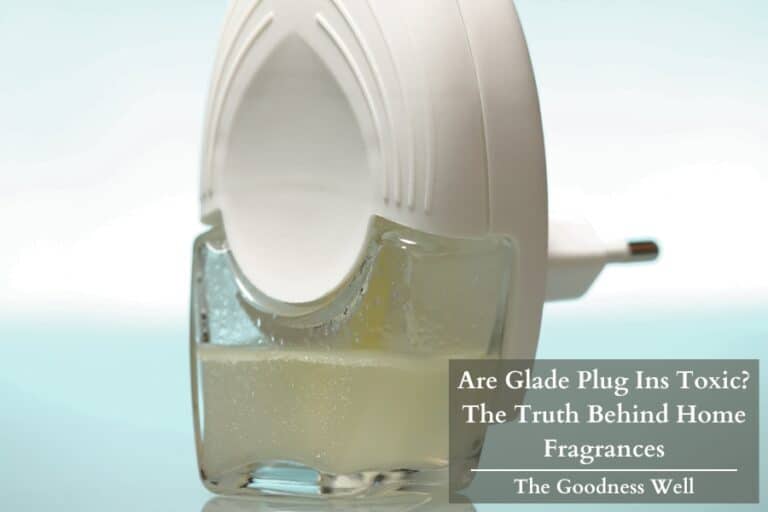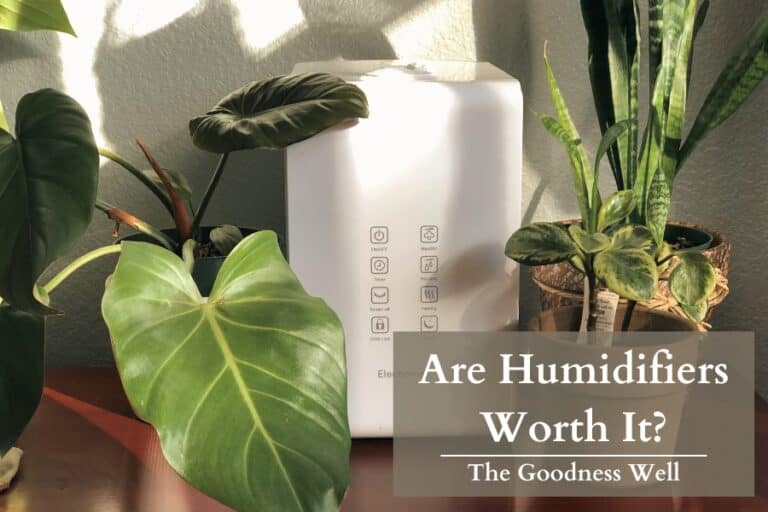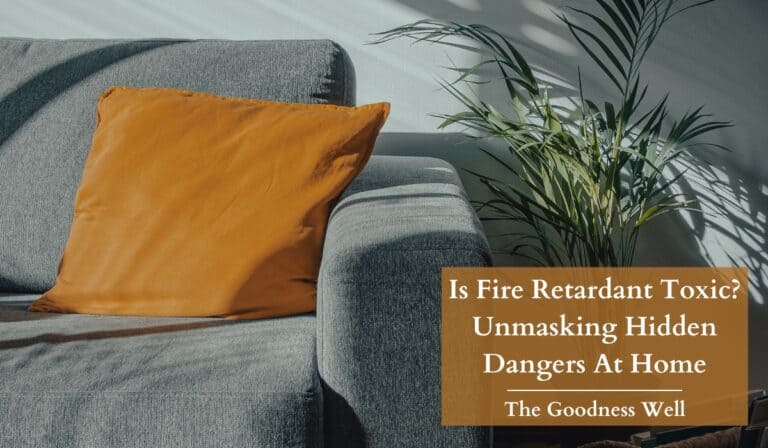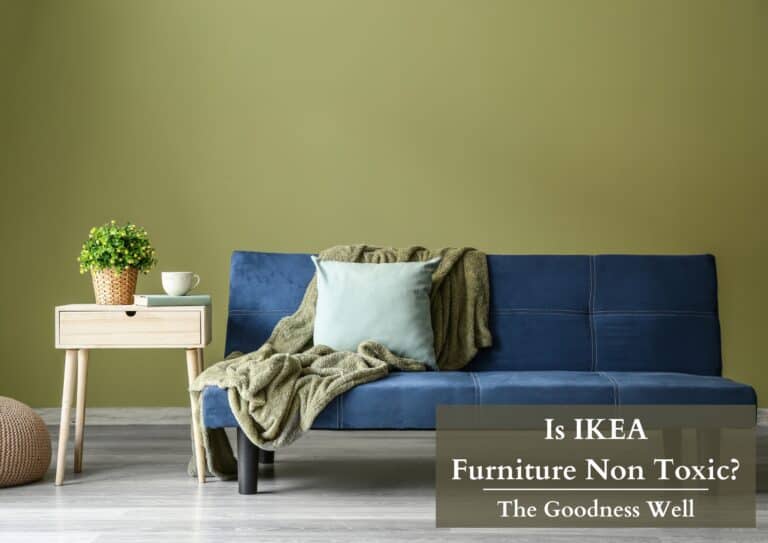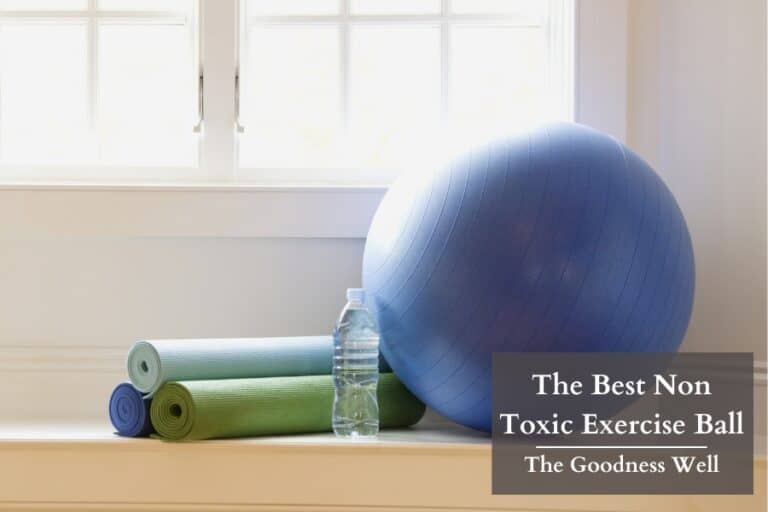Is Formaldehyde Toxic? The Unseen Dangers in Your Home
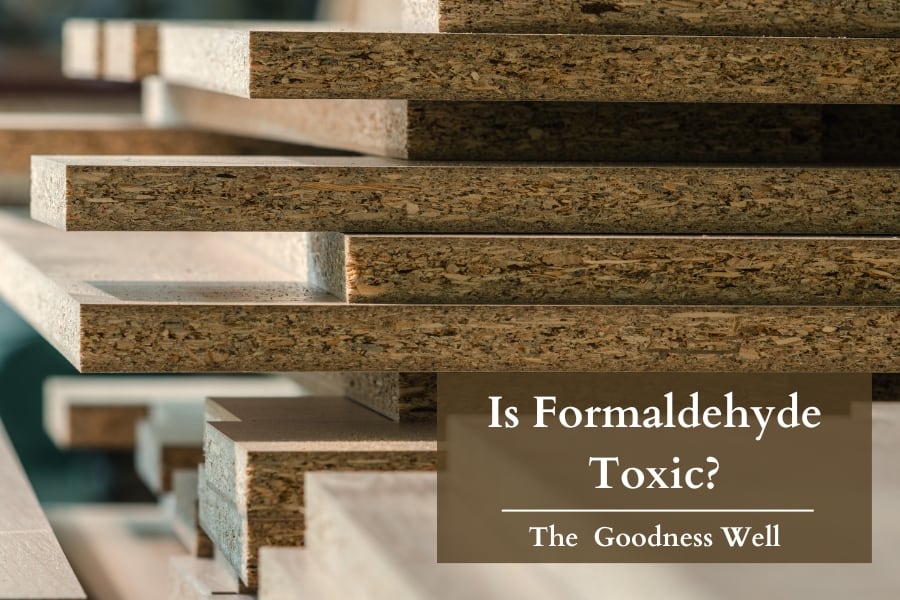
Ever stopped to ask, “Is formaldehyde toxic?” Probably not. But you might if you knew how much of it can be lurking in your home.
Formaldehyde, invisible but potentially affecting our health, is actually all in our homes.
You might be thinking, “Formaldehyde? In my home?” Yep, with a significant source of it coming from the very furniture you might be sitting on!
This is why it’s wise to consider non-toxic furniture for your home, but we’ll get to exactly why in the next few sections.
TL;DR
Yes, Formaldehyde is toxic as it’s a known carcinogen and volatile organic compound (VOC) that can off-gas from furniture products like particleboard and plywood. Short-term exposure to formaldehyde can irritate the eyes, throat, and skin, and long-term exposure is linked to cancer. While lower levels are usually not harmful, many of us are exposed to multiple sources of formaldehyde regularly.
What Is Formaldehyde
Formaldehyde is a strong-smelling, colorless chemical that turns into a gas at room temperature. It’s used in building materials due to its adhesive and preservative qualities.
Where Is It Found?
This chemical is found in many unsuspecting places, including your furniture!
Common places you will find formaldehyde:
- Building materials
- Furniture
- Carpets and textiles
- Paints & coatings
- Certain types of insulation
- Personal care products such as nail polish
- Clothing
- Cigarettes
You may like the ‘new furniture’ smell of your new couch, desk, or bookshelf, but that smell most likely includes formaldehyde.
It’s even in your clothes.
“What!?”

Yes. Ever wonder why some clothes keep their shape so well, even after a wash? Or why some don’t wrinkle easily?
The answer is formaldehyde. It’s used in wrinkle-resistant fabrics, clothing, and curtains.
That’s just one of the many ways it’s used though.
Why It’s Used In Products
Formaldehyde is used for several reasons such as:
- Adhesive: Used in wood products for its bonding strength and heat resistance.
- Preservative: Prevents bacterial growth in products like cosmetics and paint.
- Anti-wrinkle: Used in textiles and clothing for its ability to resist wrinkles.
- Disinfectant: Kills bacteria and microorganisms in medical labs and mortuaries.
- Fire retardant: Used in some insulation materials for its fire resistance.
- Hardener: Improves stiffness and hardness in paper products.
- Durability Enhancer: Preserves the lifespan of materials like paints and coatings.
- Tackifier: Improves stickiness in adhesives and coatings.
So yes, it’s very useful, but its potential toxicity has people worried.
Is Formaldehyde Toxic?
Yes, formaldehyde is toxic. But how?
According to the National Cancer Institute, products like particleboard and plywood, which are often used in furniture, can let out a lot of formaldehyde into our homes.
At normal room temperature, formaldehyde can transform from a solid or liquid state into a gaseous form, something known as off-gassing.
It’s among a group of substances termed VOCs (volatile organic compounds) that can release gasses into the environment from various household items.
Coming into contact with this gas version of formaldehyde has been linked to some health issues.
Effects on The Body
If you breathe in formaldehyde, it can irritate your throat and eyes and might even give you a headache or a sore throat.
Effects of formaldehyde on skin include irritation, redness, and burning sensations.
Prolonged or repeated exposure might lead to allergic reactions and increased sensitivity, resulting in intense itching, blisters, and dry, cracked skin.

Reactions can vary depending on your sensitivity level to the chemical. For some, it can even cause symptoms like those found in asthma, especially in children.
However, your risk of developing these symptoms depends on your amount of exposure.
Is Formaldehyde a Carcinogen?
Yes, formaldehyde is a carcinogen. Studies show it can induce a harmful process known as oxidative stress which can damage bone marrow and potentially cause leukemia, a type of cancer.
The Proposition 65 website also lists formaldehyde as a known carcinogen.
Again, your risk depends on your amount of exposure.
What Are the Long-Term Effects?
Because formaldehyde is a carcinogen, long-term exposure to it could potentially lead to cancer. It could also cause ongoing irritation of the eyes, nose, throat, and skin.
Despite this, not all formaldehyde exposure is dangerous.
For example, this study found that the amount of formaldehyde found in clothes is very low and not considered a significant health risk.
Washing your clothes before you first wear them will reduce your risk of formaldehyde exposure. We also recommend choosing clothing made from natural materials which are usually made without any added chemicals.
Final Thoughts
In our homes, formaldehyde is found in more places than we might realize. From our furniture to our clothes, this chemical is everywhere.
While it does have its benefits, like making our clothes wrinkle-resistant, it’s crucial to be aware of the potential health risks.
When buying new furniture, consider options without formaldehyde. Some exposure might not be harmful, but it all depends on how much and how often.
Being informed and making conscious choices can go a long way in protecting our health.

